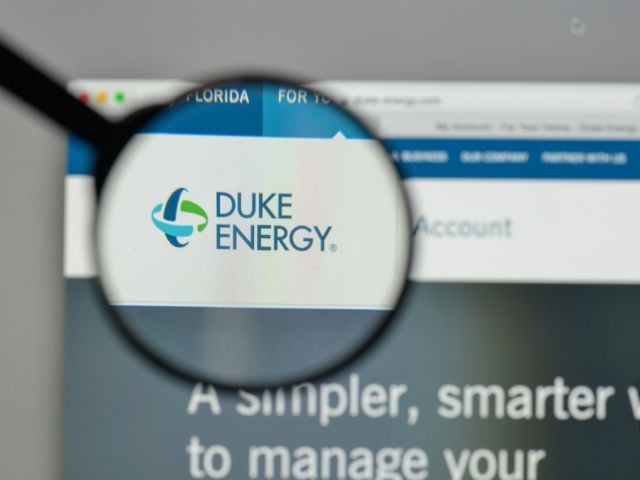SACRAMENTO – California energy regulators are proposing a rooftop solar energy billing plan that, if adopted, could make it impossible for people in apartments, schools and small farms to enjoy the environmental, financial and other benefits of the clean power source.
The California Public Utilities Commission, or CPUC, on August 2 introduced its proposed changes to two key solar programs, Net Energy Metering Aggregation, or NEMA and Virtual Net Energy Metering, or VNEM. The changes could thwart multifamily properties’ use of the energy their rooftop solar generates, forcing them to sell the energy to the state’s electric utilities before purchasing it back at higher retail rates.
So it’s not surprising the plan has the backing of the state’s three big investor-owned utilities, Pacific Gas & Electric, Southern California Edison and San Diego Gas & Electric. They see the cheap solar provided by the two programs as a threat to their profits.
The CPUC will vote on the proposed plan on September 21.
The plan is already generating concerns about its potential harm to the affordability and accessibility of solar energy for renters living in multifamily housing, farms and attending certain schools. If implemented, it would be another setback for the expansion of solar’s reach in California.
“California’s war to block rooftop solar from its citizens rolls on,” said Ken Cook, president of the Environmental Working Group and a Bay Area resident. “This proposal is beyond stupid – it’s discriminatory and will only add to the chilling effect of the CPUC’s outrageous decision to slash incentives for the state’s residential solar program.”
Last year, the CPUC approved a new rooftop solar program, Net Energy Metering, or NEM, 3.0, which makes the clean energy program’s initiatives less accessible to millions of working families.
Those rules took effect this April, slashing the credits rooftop solar owners could get from their electric company for the surplus energy they generate and sell back to the grid. The credits allowed budget-conscious households to lower their monthly electricity bills.
“The CPUC once again demonstrates who they really work for– the utilities, not the public,” said Cook.
“As Californians experience the real-time impacts of the climate crisis, it is inconceivable that state regulators are considering a utility-backed plan to deny families living in apartments and on small farms, and the schools they attend, from accessing the financial benefits of rooftop solar,” he said.
Bernadette Del Chiaro, executive director of the state’s largest clean energy business group, California Solar & Storage Association, criticized the proposal. She warned it would only pad utility profits and punish millions of working families who currently benefit from the state’s solar programs.
“Big utilities and our state’s energy regulators should not be treating people in apartments and other multimeter situations worse than consumers in single family homes,” said Del Chiaro. “We know solar threatens utility profits, and they will stop at nothing to halt our progress – but this type of unfair discrimination is too much even for them.”
The NEMA and VNEM programs have been key in democratizing solar power. They’ve enabled properties with multiple electric meters to share a single solar system's electricity and net metering credits among all customers and meters on the property.
By allowing these properties to benefit collectively from solar generation, these programs have made solar energy accessible and financially viable for those who would otherwise not have access to traditional NEM incentives.
###
The Environmental Working Group (EWG) is a nonprofit, non-partisan organization that empowers people to live healthier lives in a healthier environment. Through research, advocacy and unique education tools, EWG drives consumer choice and civic action.


